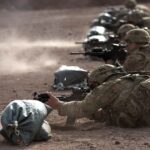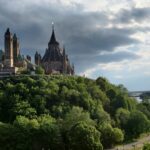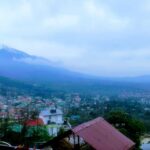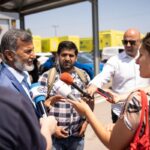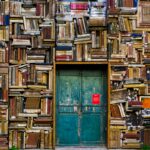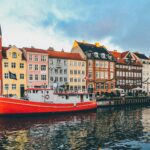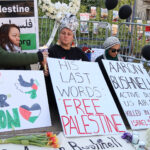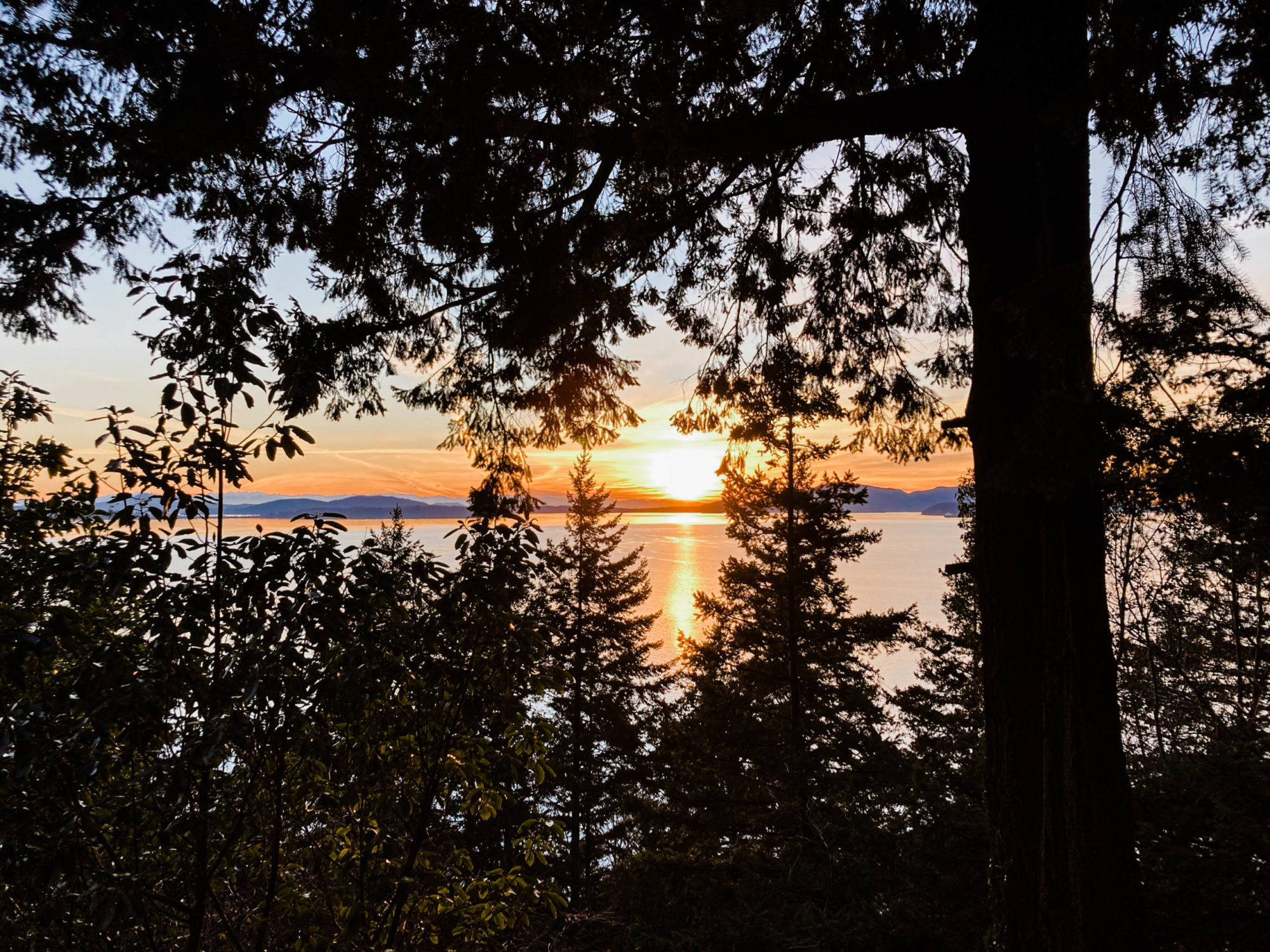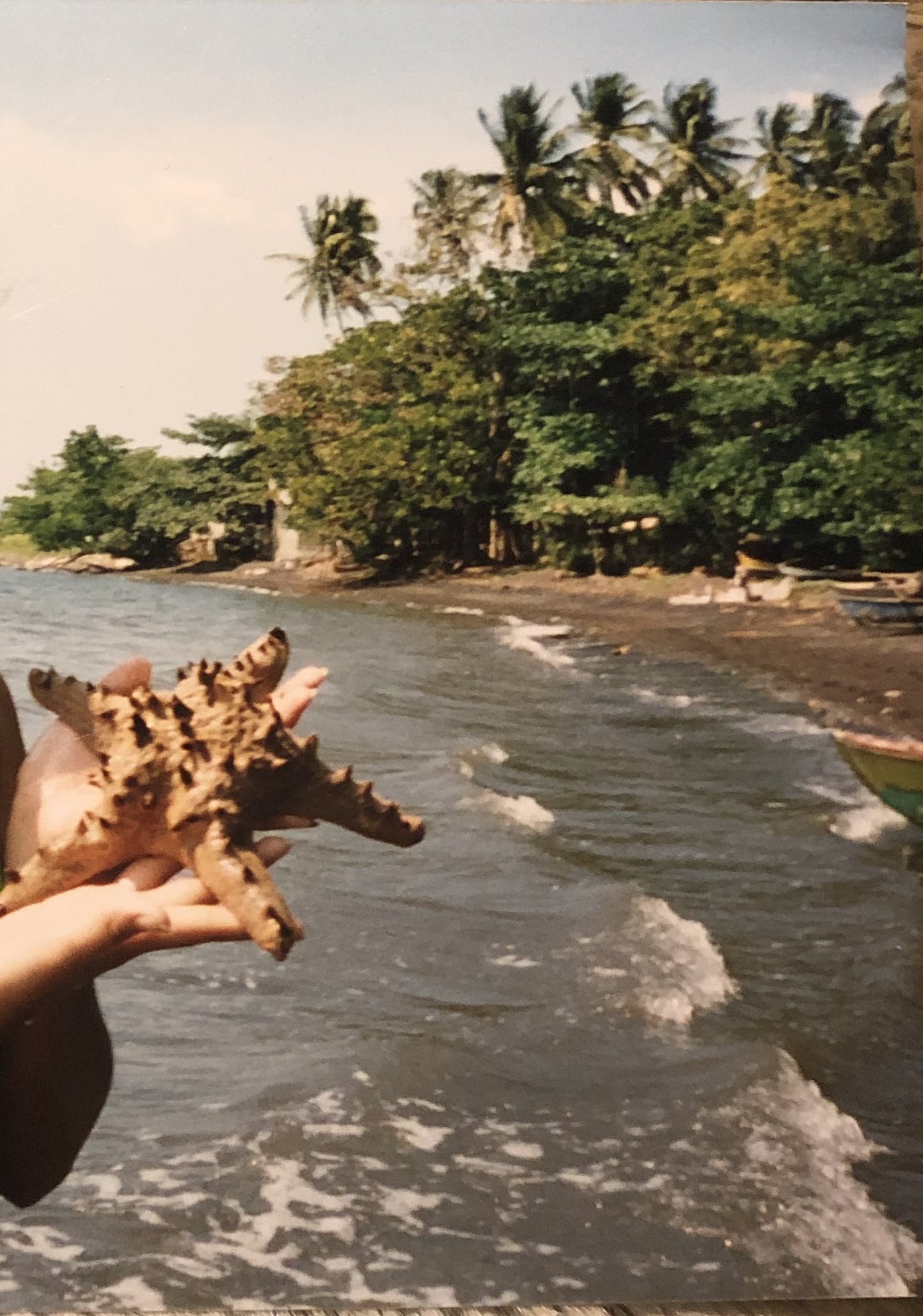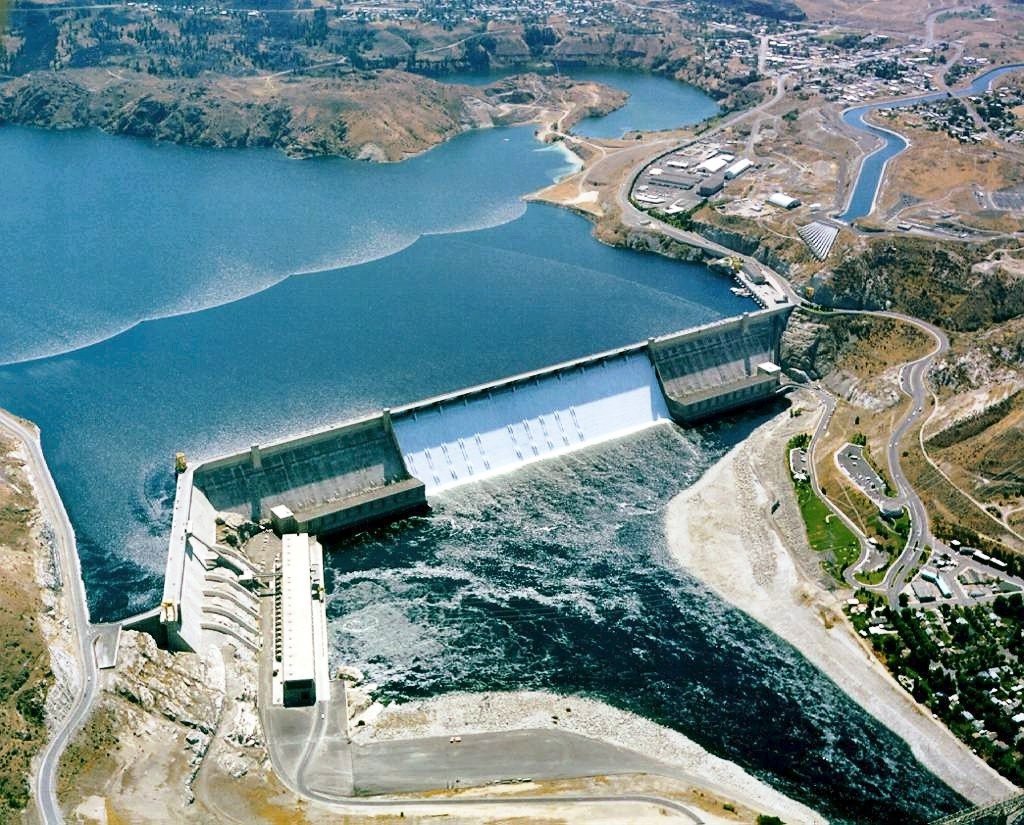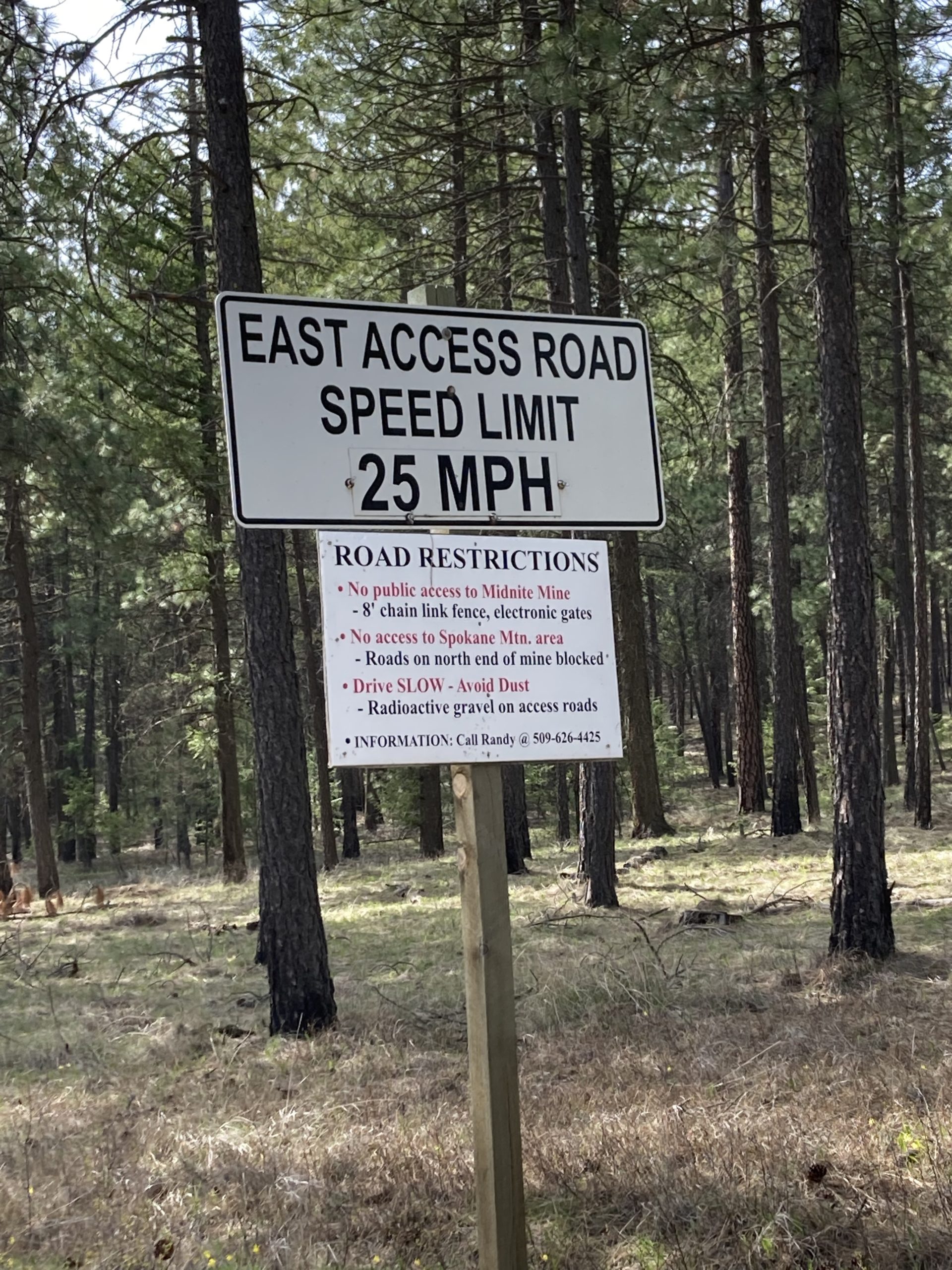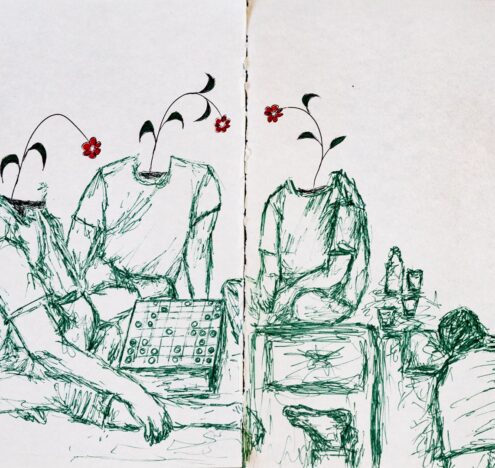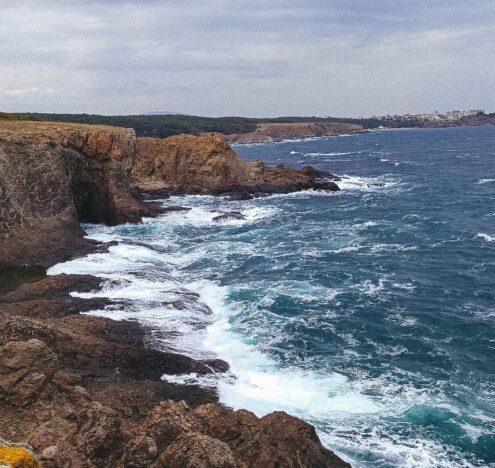I was raised by my grandmother on the shores of Balingasag, Misamis Oriental (Philippines). Today, I live on a saltwater coast, but on the other side of the Pacific Ocean. My family’s story of displacement comes directly from Spanish, Japanese, and American colonization.
Each of my grandparents fought to stay on their territories but were eventually removed, and we became settlers on other people’s homelands. I was born and raised in the Philippines, and as a young person, I witnessed a peaceful mass mobilization to remove the military dictatorship that was funded and armed by the United States.
My early relationship with salt water is part of who I am. It’s how I find balance. It helps me remember my place in the world: Why I’m here and why I do what I do. It takes me back to my grandmother, and how she taught me. She taught me that under everything else I might learn in school and any of my attempts to “just fit in,” is her little granddaughter whom she tried to teach what it means to be a good human being. She taught me to start with where my feet are. She taught me my spirit can’t sustain being in multiple places at once.
If we mean what we say about decolonization and restoring the sovereignty of Indigenous nations across the world, then we can’t let a new generation of nuclear weapons be created.
As an adult, I was trained to be a teacher by Indigenous women and women of color in the United States. They taught me to remember, protect, and treasure who I am and where I come from. Teresia Teaiwa, an I-Kiribati and Black scholar who worked with many Pacific Islander women on the impacts of militarization and nuclear issues across Oceania, said, “We sweat and cry salt water, so we know that the ocean is really in our blood.” The Ocean that holds our homes deserves respect and love, including the monumental effort to protect and heal it from climate and nuclear damage, brought closer by militarization and nuclear testing.
I believe that our default behaviors and our taken-for-granted orientations as settlers have a direct relationship to our own displacement stories. When people are displaced, our foundational relationships are altered.
Displacement hurts.
It hurts us because our relationships get broken. It hurts our ancestral places because their protectors are hurt and removed.
Where I come from, security comes from healthy and reciprocal relationships between ecosystems. Removal is the foundational injury on which all other settler domination is imposed. No domination project illustrates this more than the domination that nuclear weapons impose on all living beings. Nuclear weapons abolition work requires us to face the real destruction of lands and waters. But for our work to be able to be healing, those outside of our communities need to understand how nuclear weapons have transformed us and our ecosystems.
THE TREATIES THAT GOVERN US
In response to my desire to organize in communities of color and poor communities, I was told by (white) anti-nuclear activists that people of color and poor people are not interested in nuclear disarmament. But knowing the little bits I knew of Washington state, I knew there was no spot in this state that wasn’t already inhabited and protected by Native nations. So I looked it up and sure enough, Hanford sits on treaty-covered land. Uranium mines sit inside ancestral Spokane Tribal territory, carved out only after the Spokane Tribe fiercely defended their ancestral territories, almost 20 years after the signing of the Yakima Treaty that covers Hanford.
Anyone who has ever had anything to do with Hanford, or the Midnite Mine, are bound by these treaties. These treaties are the supreme law that govern even our ability to set foot in these lands and shores.
The “development” of this region is founded on the expropriation (i.e. theft) of Indigenous lands and waters. The migrant labor of poor people and people of color built the infrastructure that would eventually enable settlers to reap and extract the harvests and power generated by that infrastructure and its workers. In other words, every group that was brought or enticed to come here (whether intentionally or not) ended up aiding in extraction industries. And now we have to consider what our responsibilities are to stop this destruction that our economy and society call “development.”
THE SPIRAL OF DESTRUCTION IN WASHINGTON STATE
Two of the main reasons that the Hanford site was chosen for the Manhattan Project back in 1942 are related to the powerful Columbia River. The river generated so much surplus electricity from the Grand Coulee and Bonneville dams that it could be diverted and used at Hanford to produce nuclear weapons. Since the Columbia River is clear, cold water, it was used to cool down the nuclear fission being run at Hanford.
Nuclear projects take without asking, and without repairing. It is a destructive project in ingratitude — that is its way. To live up to our treaty obligations, we are the people who must repair on behalf of the projects that were undertaken in our names, even if without our consent.
Black people are often erased from US nuclear history. But they literally built Hanford. While Black workers at Hanford earned equal wages as their white co-workers, racism still clearly structured everyone’s lives. For example, Black workers were only allowed temporary work permits, and as temporary workers they were not eligible for government-built housing, which was reserved for white permanent workers. Blacks were only allowed to live in East Pasco, on “the other side of the railroad tracks.” Their homes had no running water, sanitation, trash service, or electricity. Most poignantly, they paid four times the rent for their homes compared to what their white colleagues paid for their proper government-built homes. Poverty, therefore, was built into the lives of Black workers. Hanford’s living and workplaces were segregated, as was the rest of the country at the time.
In 1955 the Midnite Mine — owned by Dawn Mining and its parent company, Newmont Mining — mined uranium in an open pit mine. Today, this road sign (pictured below) cautions drivers not to drive fast on this dirt road. The gravel and the dust it kicks up is radioactive. The sign that warns of that radioactive dust is part of the “remediation plan” to limit the exposure to radiation at the mine.
The Midnite Mine preyed on lands and the Spokane River that were foundationally hurt when their protectors, the Spokane Tribe, were cut off from the salmon that is their cultural lifeline, and the River that brought the salmon to them. It is a spiral of destruction: beginning with removal, through the building of dams that blocked salmon and the river waters, to the uranium mines that contaminated people, and the rivers and streams around it.
THE UNLEARNED LESSON
What didn’t the makers of the first generation of nuclear weapons learn from their experiments? Many of us have barely begun to learn the extent of the destruction wrought by the first generation of nuclear weapons. We don’t all know the harm it caused to Yakima, Umatilla, Nez Perce, Kallispel, Spokane, and Marshall Islanders’ tribal territories, and to their peoples, and we are still learning about what’s happening to the Columbia and Spokane Rivers, and the Pacific Ocean.
Silences are beginning to break about the racism targeting Black workers who built and maintained Hanford. Those of us who were born after these devastating weapons were made didn’t get to choose a world unharmed by nuclear weapons. We didn’t get to choose the past. But now we get to choose what the future might be.
What is our responsibility as treaty people bound by the treaties that govern our relationship with this land, and the people who have protected this place since the beginning of time? If we mean what we say about decolonization and restoring the sovereignty of Indigenous nations across the world, then we can’t let a new generation of nuclear weapons be created. We already have a lot of repair work to do. We inherited more damage and injuries than we can pay for. We cannot allow today’s Congress to borrow from a future we can’t even afford today.
Tara Villalba is a teacher and a tenant organizer and is always looking for opportunities to create and grow a local solidarity economy, which includes stopping a new generation of nuclear weapons.



